
As predicted, the Internet trolls did descend on Nick Spencer’s Twitter account after the last issue. It wasn’t so much that Cap did anything utterly despicable, but the hug between him and Baron Zemo cemented Captain America: Steve Rogers as a trigger warning for Marvel fans. The guts it took to turn Cap’s heel should be applauded, though, and one can only hope others take notice, too. I’m looking at you, WWE and John Cena – and yes, I can see you.
After the explosive revelations of Captain America: Steve Rogers #11, this book is rather subdued. Naturally, you can’t expect every issue to be an episode of Jerry Springer, but not a lot takes place here. Taskmaster and Black Ant meet with Maria Hill to strike up a deal, Cap brings Zemo to Doctor Selvig, Cap battles Awesome Android, and Madame Hydra’s identity is revealed. That’s about it.
In comparison to the slobberknockers before it, the story’s thinner than usual. There’s a lot of cutting between scenes, which makes it about as disjointed as the final Suicide Squad film edit. Jumping between the events and POVs, the narrative struggles to captivate the reader’s attention for a sustained period. As you start to get excited, it shifts to something different. Honestly, it’s disappointing how such a simple story, with not a lot of detail, could become so muddled.
Another thing that annoys me about this issue is the sheer amount of repetition. We’re constantly reminded of the past few issues’s events, which is unnecessary considering every installment has a two paragraph recap of what’s happened to date. It’s sloppy and feels like the creative team needed to fill some empty space in between, which I suspect to be true. Stop spoon-feeding the cheapskates who don’t want to buy back issues, because you’re ripping off the rest of us.
On a positive note, Taskmaster and Black Ant light up every panel they appear in. They’re not really serious villains, but have a Bebop and Rocksteady type of appeal to them. When Madame Hydra says she’d expect them to dream of greater things, for example, Black Ant responds, “like the gold Apple Watch?” Spencer creates good chemistry between the two, and I’m happy to see that they’re set to play a bigger role. It’s actually strange to think that, in a Captain America book, I’m excited by the promise of the C-grade villains.
Additionally, Javier Pina has returned to take over the pencils from Jesús Saíz, and it’s testament to his ability that I didn’t even notice the change of artist immediately. There are some slight variations in their styles, but the reader is unlikely to be disappointed by either of them. As is the case with the rest of the art in this series, the flashback sequences are the standout here.
Overall, Captain America: Steve Rogers #12 isn’t a bad issue per se; it’s just meh. After a good run of quality and controversy alike, this book fizzles out in the first few pages. It’s another reminder of how series tying into other bigger events can sometimes suffer as a result. Knowing Spencer, though, he’ll probably pull a rabbit out of the hat for the next issue.








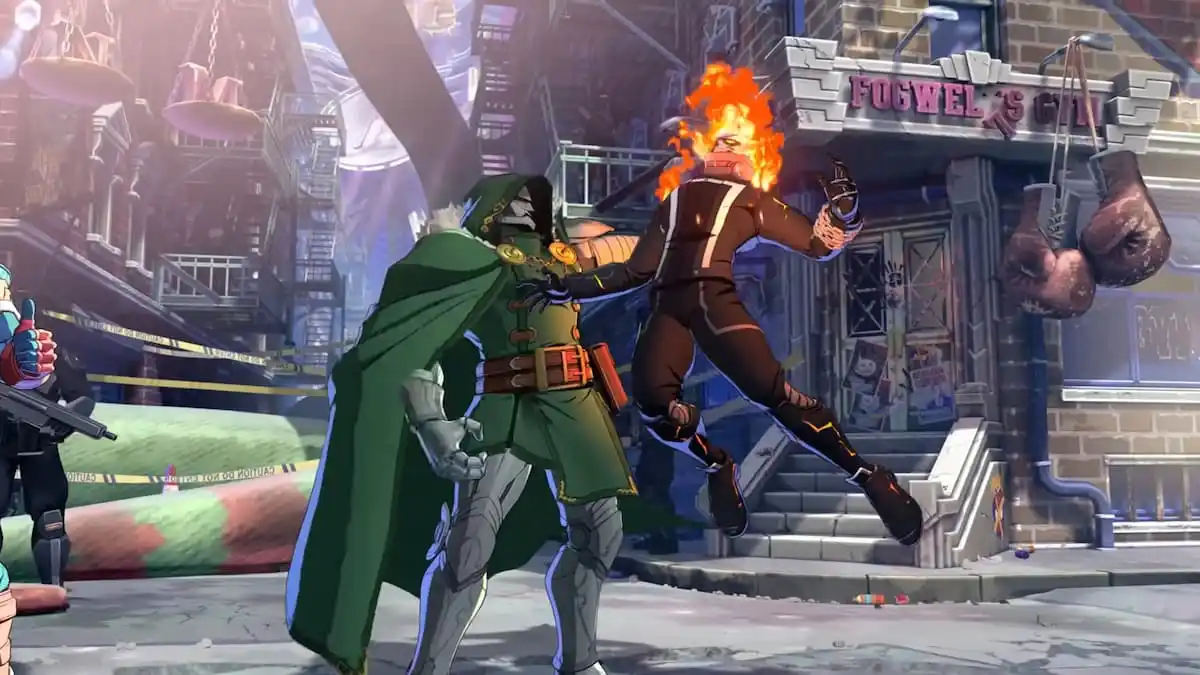


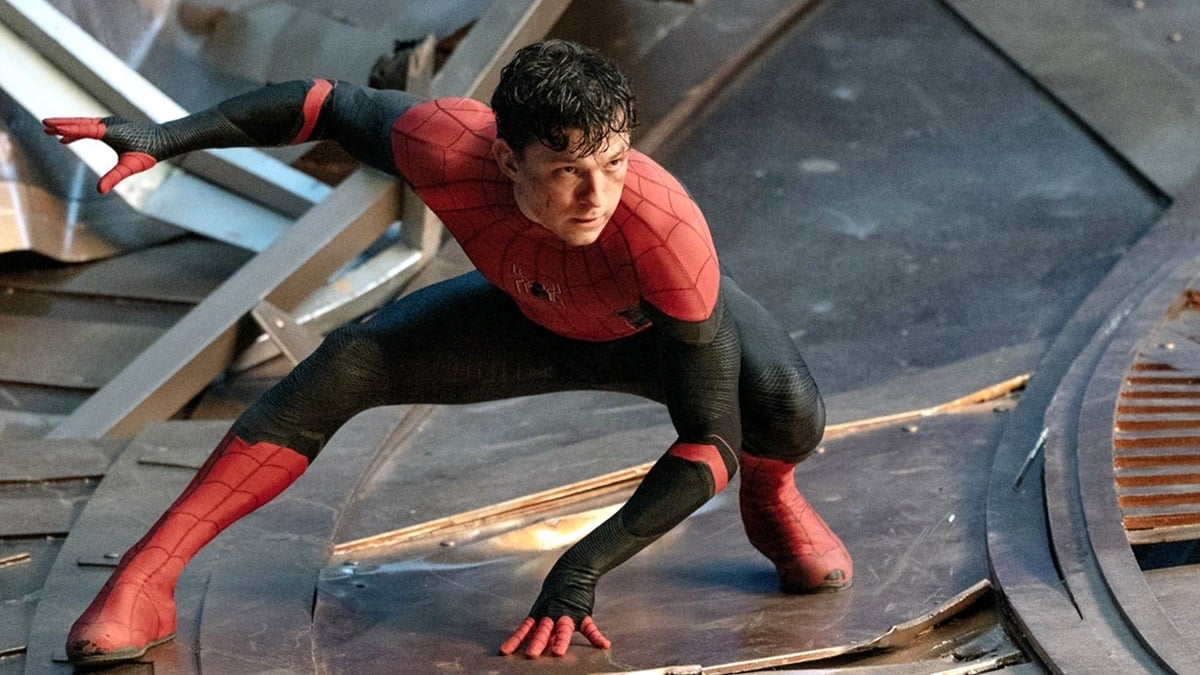
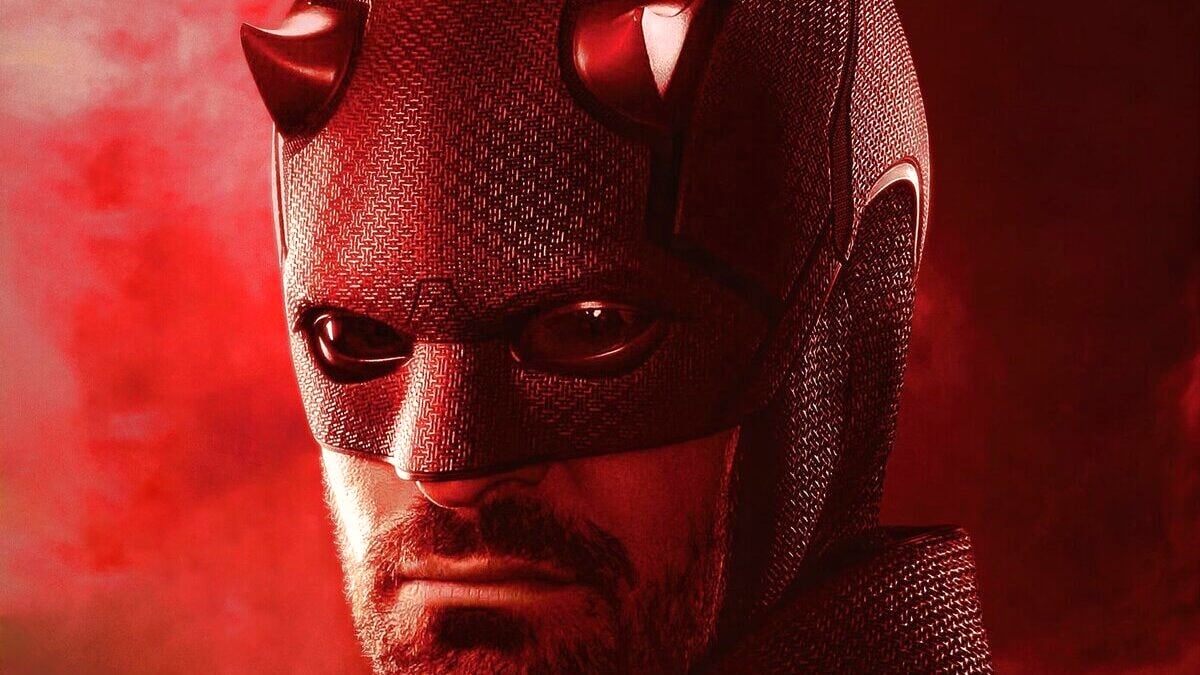
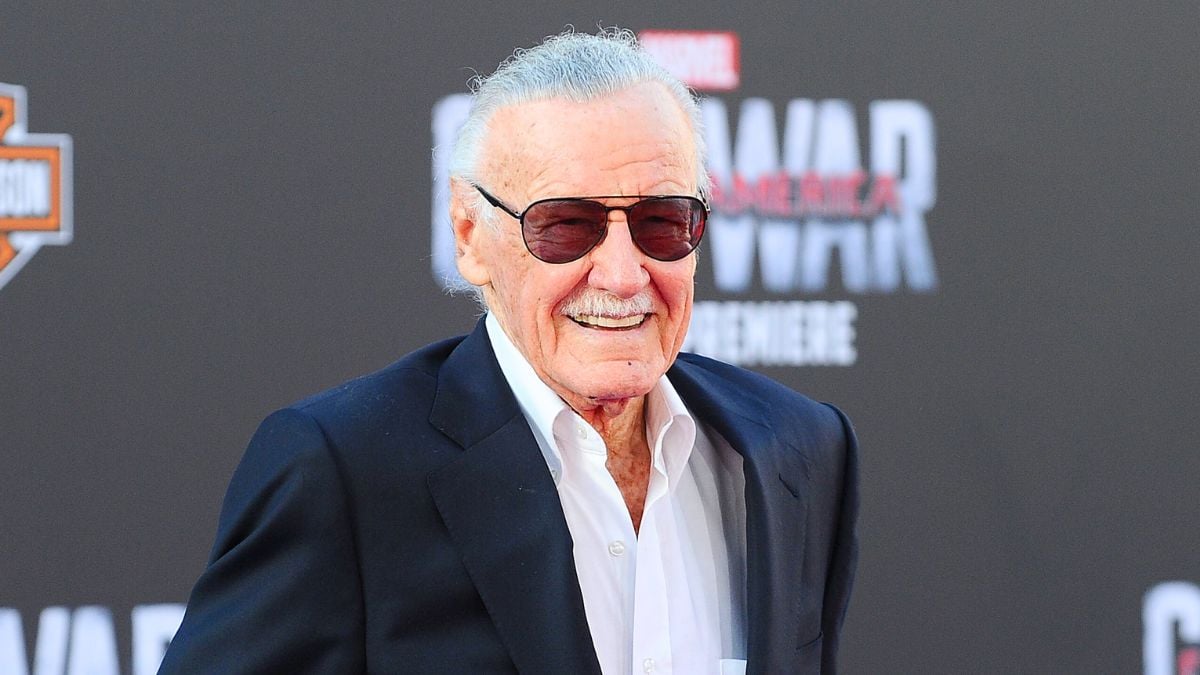
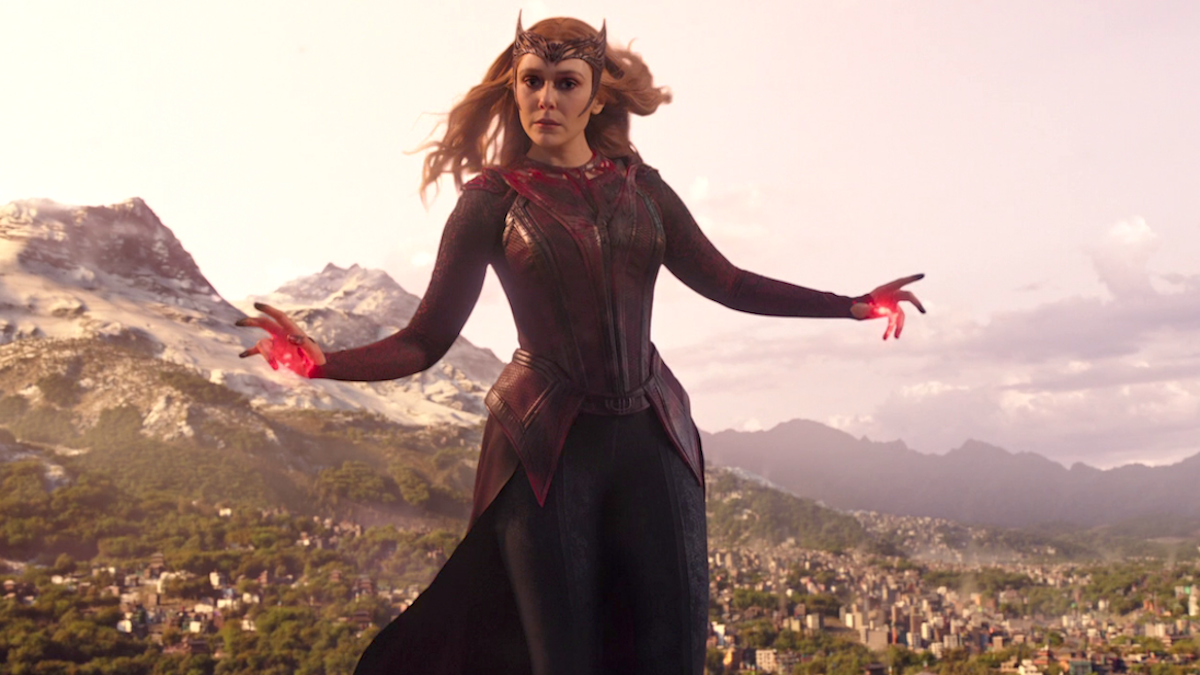
Published: Feb 22, 2017 10:30 am